‘Rosemary’s Baby’ at 50: The Devil Is in the Details You Didn’t Know
Tags:
There were no little girls floating above their beds spewing pea soup on nearby priests, or demonic rotweiler’s protecting kids with the number “666” as a birthmark on their scalps as in, respectively, The Exorcist and The Omen. But what Rosemary’s Baby had, instead, was a more grounded, realistic, and therefore more frightening take on the notion that the Devil has decided to bring his spawn to life on Earth. That was the concept behind author Ira Levin’s 1967 novel, and which stood at the center of the 1968 film of the same name that turned Mia Farrow into a major Hollywood star.
As things unfold, Rosemary Woodhouse (Mia) and her aspiring actor husband Guy (John Cassavete) move into a New York City apartment building despite the place’s ominous history. Shortly after moving in, they’re befriended by their eccentric older neighbors Minnie and Roman Castavet (Ruth Gordon and Sidney Blackmer). What’s odd becomes downright terrifying when Rosemary finds herself pregnant (following a nightmarish vision in which she believes that she was raped by a demon), and becomes increasingly convinced that the child she is carrying is not of this world. In the end, it turns out that she’s right and that she’s been used by the Devil to give birth to his son — which Guy and the Castavets are well aware of. Rosemary knows this evil must be stopped, but then her maternal instincts kick in…
Rosemary’s Baby was the eighth highest-grossing film of the year (with over $33 million), coming in behind films like 2001: A Space Odyssey, Funny Girl and The Odd Couple. Hailed as a classic of the genre, what it helped movies do is push the creative envelope even further in the direction that things were moving in the late 1960s, while managing to scare the hell out of the audience along the way. Not a bad accomplishment, as you’ll see from this behind the scenes look at how they pulled it off.
-
Rosemarys Baby Novel
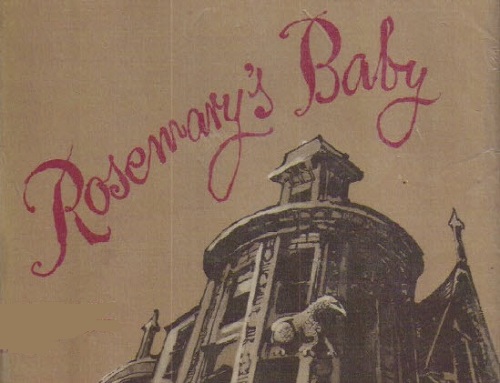
YouTube The novel that inspired the movie was published in 1967.
Ira Levin's Rosemary's Baby was first published in 1967, and in an interview with Criterion.com the author explained of its genesis, "Having observed that the most suspenseful part of a horror story is before, not after, the horror appears, I was struck one day by the thought (while not listening to a lecture) that a fetus could be an effective horror if the reader knew it was growing into something malignly different from the baby expected. Nine whole months of anticipation, with the horror inside the heroine!… I tried to figure out exactly what that fetus was growing into. Genuine medical horrors were out; hardly the stuff of popular fiction. I could imagine only two possibilities: my unfortunate heroine had to be impregnated either by an extraterrestrial or the devil. ETs had already fathered children in The Midwich Cuckoos, a novel by John Wyndham, and though that book had dealt with several children growing up rather than their mothers bearing them, I nonetheless felt I was stuck with Satan. In whom I believed not at all. But I had no other intriguing ideas and a family to support. I read up on witchcraft and, late in 1965, set to work.”
-
Rosemarys Baby Poster

Getty Images Director Roman Polanski saved the film from being reduced to "schlock".
Rosemary's Baby could have been a very different movie experience, as the rights had initially been acquired by producer William Castle, often referred to as a schlockmeister. His credits up to that point included The Tingler, Mr. Sardonicus, and Strait-Jacket. “I wasn’t thrilled,” Ira Levin admitted, “but no other offers had come in.”
When Castle went to Paramount seeking financing, Robert Evans, then the head of production, took over and hired Roman Polanski to serve as writer and director. Castle was given the title of producer, but not director. In the end, the author was thrilled with the way the film came out, particularly by the fact that the script genuinely followed his novel: “The result was possibly the most faithful film adaptation ever made,” said Levin.
In a promotional featurette accompanying the film's video release, Roman Polanski explained that when Robert Evans asked him to read the galleys of the novel, he was reluctant. "It really looked to me very much like a kitchen melodrama," he said. "You know, for television. But as I read it and got deeper and deeper into it, the suspense was such that I didn't stop until maybe four in the morning. The next day I came into the studio and said, 'Okay, let's do this.'"
-
Rosemarys Baby Mia Farrow2

Getty Images The search for the right Rosemary eventually led to Mia Farrow.
When he was developing the script for the film version of Rosemary's Baby, Roman Polanski envisioned actress Tuesday Weld (Soldier in the Rain, The Cincinnati Kid, Pretty Poison), or his then-fiancee, Sharon Tate (who would tragically die at the hands of Charles Manson's followers in 1969). Neither was considered a strong box office pull, and Mia Farrow was brought in. Admittedly her film career wasn't much at that point, but she was enormously popular thanks to her role as Allison MacKenzie in the TV series Peyton Place. Patty Duke tried out for the role, but wasn't accepted.
In an interview with Roger Ebert, Roman Polanski admitted, "I had only seen her [Mia Farrow] on the cover of Life. To be honest, I was not enthusiastic about her until we started to work. Then I discovered, somewhat to my surprise, that she is a brilliant actress. This is one of the most difficult woman's parts I can imagine."
-
Rosemarys Baby Frank Sinatra Mia Farrow
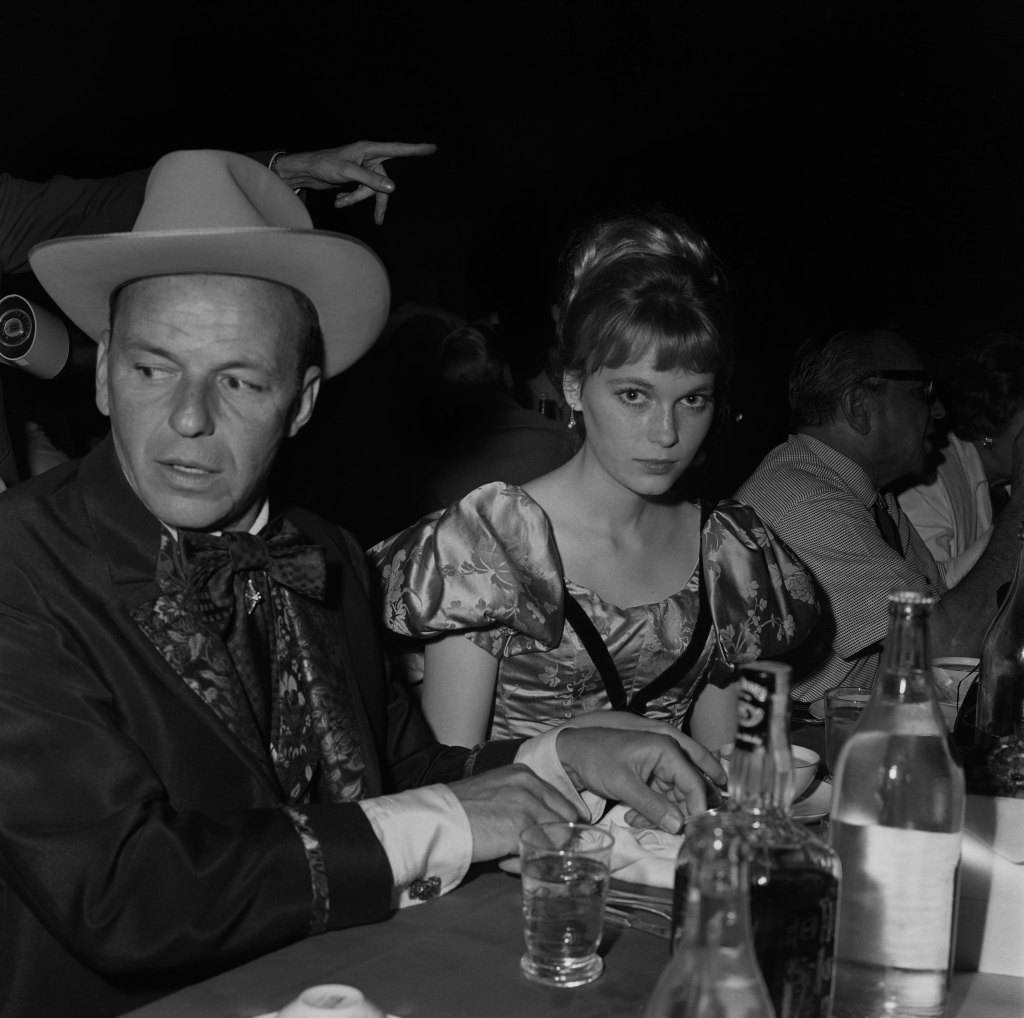
Getty Images Mia Farrow's then husband, Frank Sinatra, didn't want her to make the film.
Mia Farrow viewed Rosemary's Baby as an opportunity to make the leap from television to the big screen, but if there was one person who could care less, it was then husband Frank Sinatra. It seems that when Mia said, "I do," Frank said, "I don't... want you to act anymore." Essentially he wanted her to be a housewife and not to concern herself with an acting career.
In the film's promotional featurette, Mia reflected, "I gave [Frank] the script at about 11:00 at night. He was on his side of the bed reading the script and I was nervously looking for his reactions. And then, at whatever time he finished the script, he sort of snapped it closed and I said, 'What do you think?' And he said, 'I can't see you in the part.' And suddenly I couldn't see me in the part. It added to my insecurity starting to film that the person I knew who knew me best couldn't see me in the role." She nonetheless decided to push forward, and when filming started, Frank had a corporate lawyer serve her divorce papers on set in front of cast and crew while filming was taking place She actually gave serious consideration to quitting the production, but Roman Polanski talked her out of it.
For the record, when they were married in 1966, Mia was 21 ("I've got Scotch older than that," Dean Martin told him) and Frank was 50. They ended up getting divorced in August 1968.
-
Rosemarys Baby Mia Farrow1
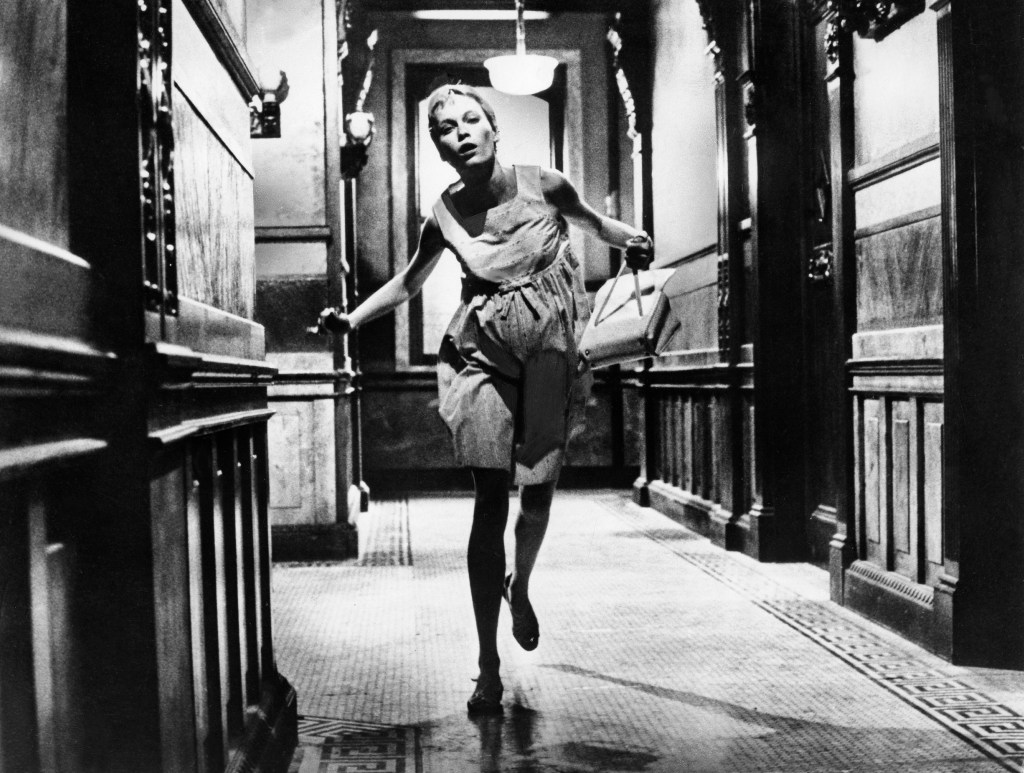
Getty Images During filming, Mia darted dangerously in and out of traffic at the insistence of the director.
In one harrowing scene, Mia Farrow as Rosemary runs through the streets of Manhattan, in traffic, while dazed. This was done for real, with Polanski reassuring her that no driver would hit a pregnant woman (she had padding on), and he followed her with a hand-held camera. It was actually extremely dangerous.
"Roman and I walked right into traffic," remembered Mia. "He operated the camera himself, because you can't ask somebody other than me to do that scene. We just walked into moving traffic and they did indeed screech to a halt, and we did it, like, three times. He wanted the oncoming traffic and people shouting at us and all of that."
-
Rosemarys Baby Mia Farrow4
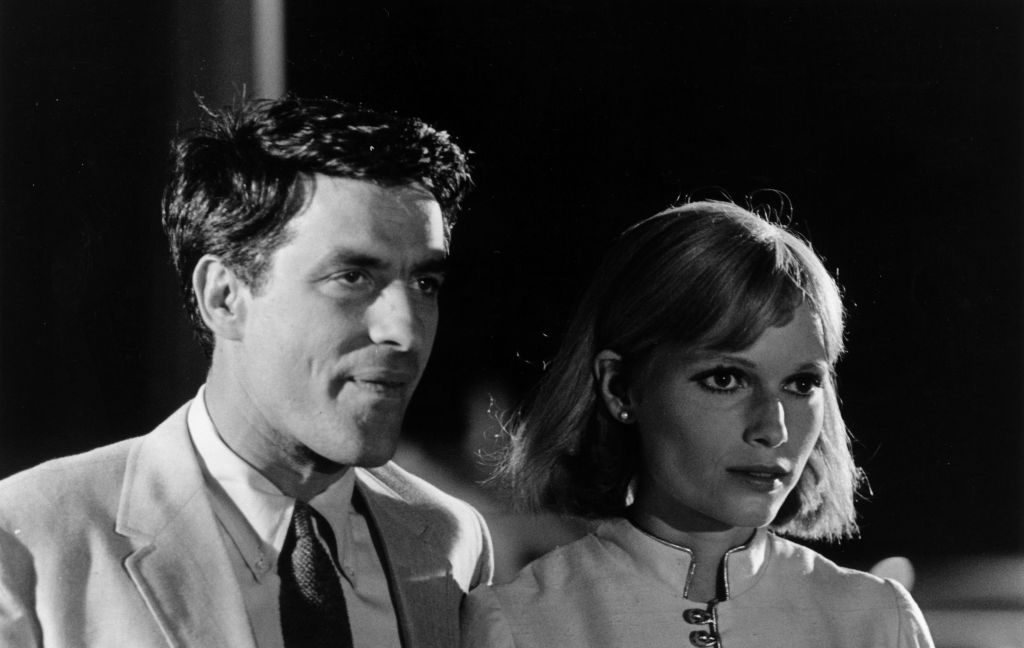
Getty Images When Robert Redford said no, John Cassavetes was brought in as Rosemary's husband.
An actor, film director, and screenwriter, John Cassavetes was cast as Rosemary's husband, Guy Woodhouse. Prior to Rosemary's Baby he had directed four films, and made many TV guest appearances. But he actually wasn't the first choice for the film, with Roman Polanski initially pursuing Robert Redford and Jack Nicholson for the role, but being turned down by both of them.
-
Rosemarys Baby Tony Curtis

Getty Images The film had an off-screen appearance by Tony Curtis.
There comes a point in the film where an actor goes mysteriously blind (due to supernatural circumstances), and Rosemary reaches out to him on the phone. It turns out that the character, Donald Baumgart, on the other end of the phone was voiced by Tony Curtis. However, director Roman Polanski didn't tell Mia Farrow who she would be speaking to, which resulted in the on-screen confusion on the actress' face he was looking for: she knew the voice sounded familiar, but couldn't quite place it.
-
Rosemarys Baby Dakota

Getty Images Exterior filming took place at New York's The Dakota.
The setting of Rosemary's Baby was a fictional apartment building known as The Bramford. To "play" the part, all exteriors were actually shot at New York City's the Dakota. Built in 1884, it's considered to be one of Manhattan's most prestigious and exclusive cooperative residential buildings. Residents over the years have included Lauren Bacall, Connie Chung, Rosemary Clooney, Judy Garland, Jack Palance, and John Lennon. Lennon, of course, was tragically murdered on its threshold back on December 8, 1980.
-
Rosemarys Baby Academy Awards

Getty Images Ruth Gordon won the Academy Award for her role.
One of the most chilling things about Rosemary's Baby is the performance of Ruth Gordon as the elderly and seemingly eccentric Minnie Castevet. A sort of doting grandmother type always willing, with her husband Roman (Sidney Blackmer), to help Rosemary and Guy in any way she can, all the while she's hiding the fact that she is an emissary of Satan.
Ruth, who was born in 1896, began her career with her Broadway debut at the age of 19 and continued acting until the end of her life in 1985. Additionally, she was a screenwriter and playwright. Later film roles include Harold and Maude (1971) and Clint Eastwood's Every Which Way but Loose (1978). She took home the Academy Award in the category of Best Supporting Actress for her role in Rosemary's Baby.
-
Rosemarys Baby Look Whats Happened
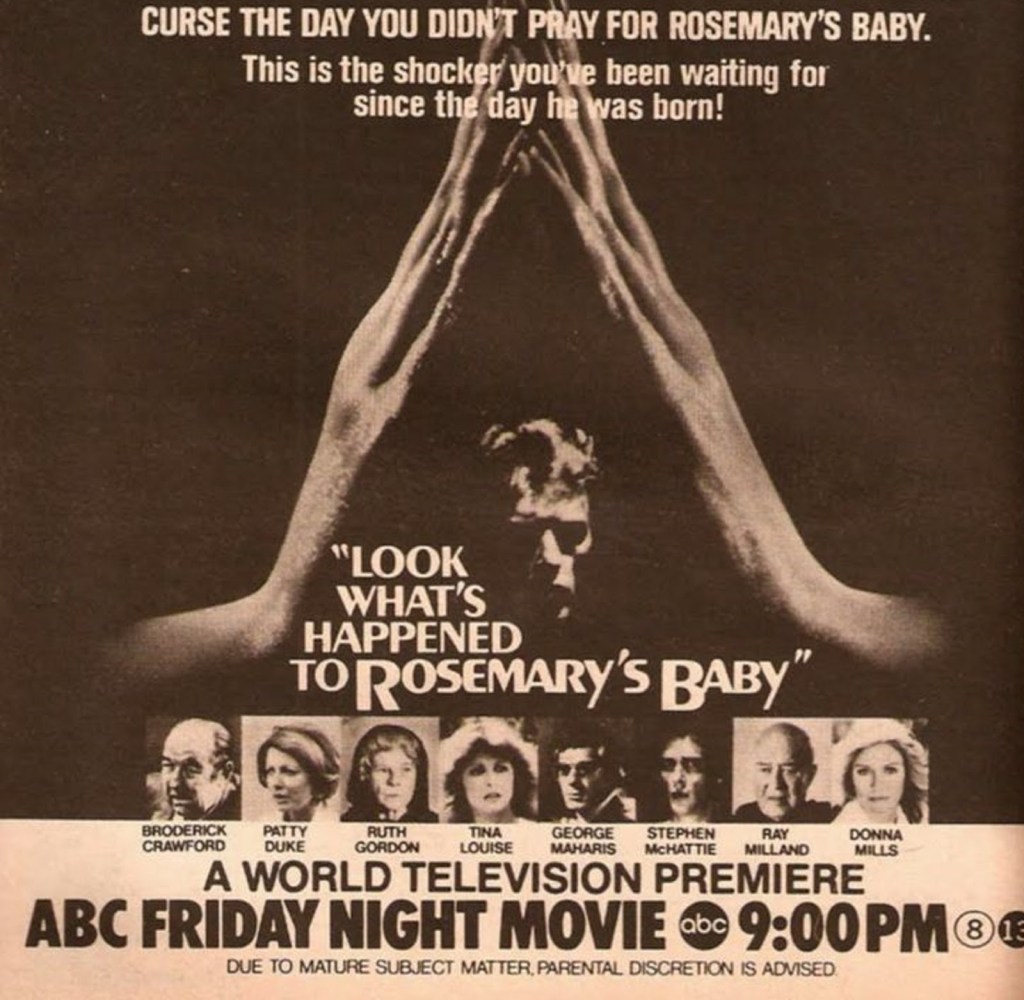
YouTube A TV movie looked at Rosemary's baby as an adult.
In 1976, ABC Aired a TV movie that was designed to be a pilot for a potential series called Look What's Happened to Rosemary's Baby. It has no connection to the novel sequel to come later from Ira Levin. Ruth Gordon reprises her role of Minnie Castevet, while Sam O'Steen, who served as an editor of the first film, directs. Patty Duke finally gets the chance to play Rosemary in a brief sequence early on.
In the story, Adrian (Stephen McHattie) is now an adult, but was separated from his mother as a child (hence Rosemary's aforementioned brief part). While attempting to live his life, he finds himself plagued by occult forces and is desperate to avoid his destiny as a child of Satan.
-
Rosemarys Baby Son Of Rosemary
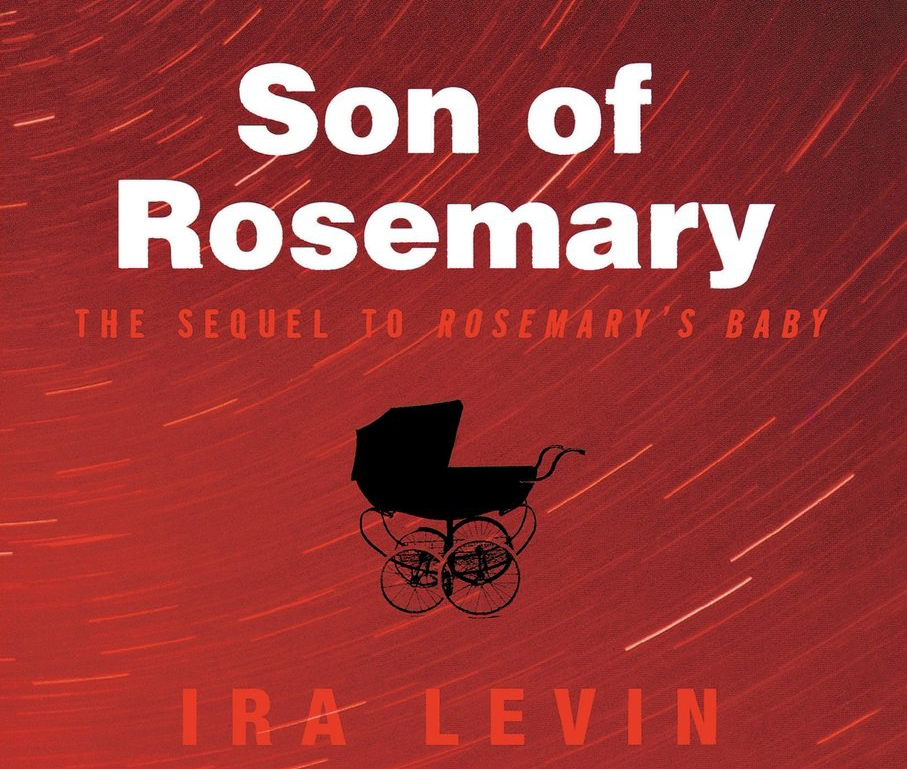
Pegasus Books Rosemary's Baby spawned a book sequel.
Written by Ira Levin in 1997, this sequel to his original novel is officially described as follows: "The modern master of suspense Ira Levin returns to the horror of his 1967 ground-breaking novel Rosemary's Baby with this darkly comic sequel set at the dawn of the millennium. Thirty-three years ago, Rosemary gave birth to the Devil's child while under the control of a satanic cult of witches. Now the year is 1999, and humanity dreads the approaching twenty-first century, desperately in search of a savior for this troubled world. In New York City, Rosemary's son Andy is believed to be that savior. But is he the force of good his followers accept him to be? Or is he his father's son? Rosemary and Andy will be reunited in a battle of wills that shall decide the fate of humanity—and keep readers on the edge of the seats until the final page."
Sadly, none of the critics at the time agreed. For all the praise Ira Levin received for his original novel, this sequel was truly lambasted by them. Needless to say, there was never a movie version.
-
Rosemarys Baby Miniseries
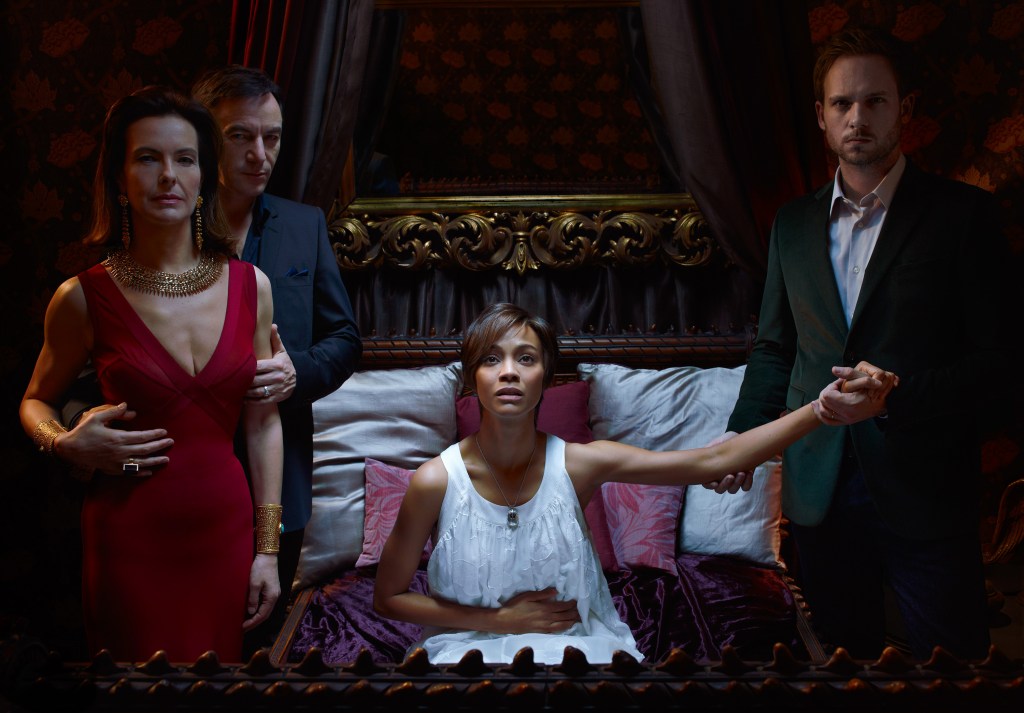
Getty Images The concept was remade as a TV miniseries.
In 2014, NBC produced a two-part miniseries remake that starred Zoe Saldana (Uhura from the recent Star Trek films and Gamora from Guardians of the Galaxy. Although largely faithful to the original, it was criticized on a number of levels, most notably in its use of gore (the Roman Polanski film utilized suspense far more), and the fact that things had to be stretched out to fill two parts. One big change was the shift in locale from New York to Paris, which many felt actually helped more fully establish the disorientation of Rosemary Woodhouse and her husband Guy (Patrick J. Adams). Unfortunately, on the Rotten Tomatoes’ scale, it only scored a 31% approval rating.













